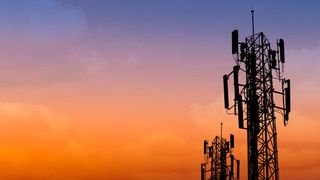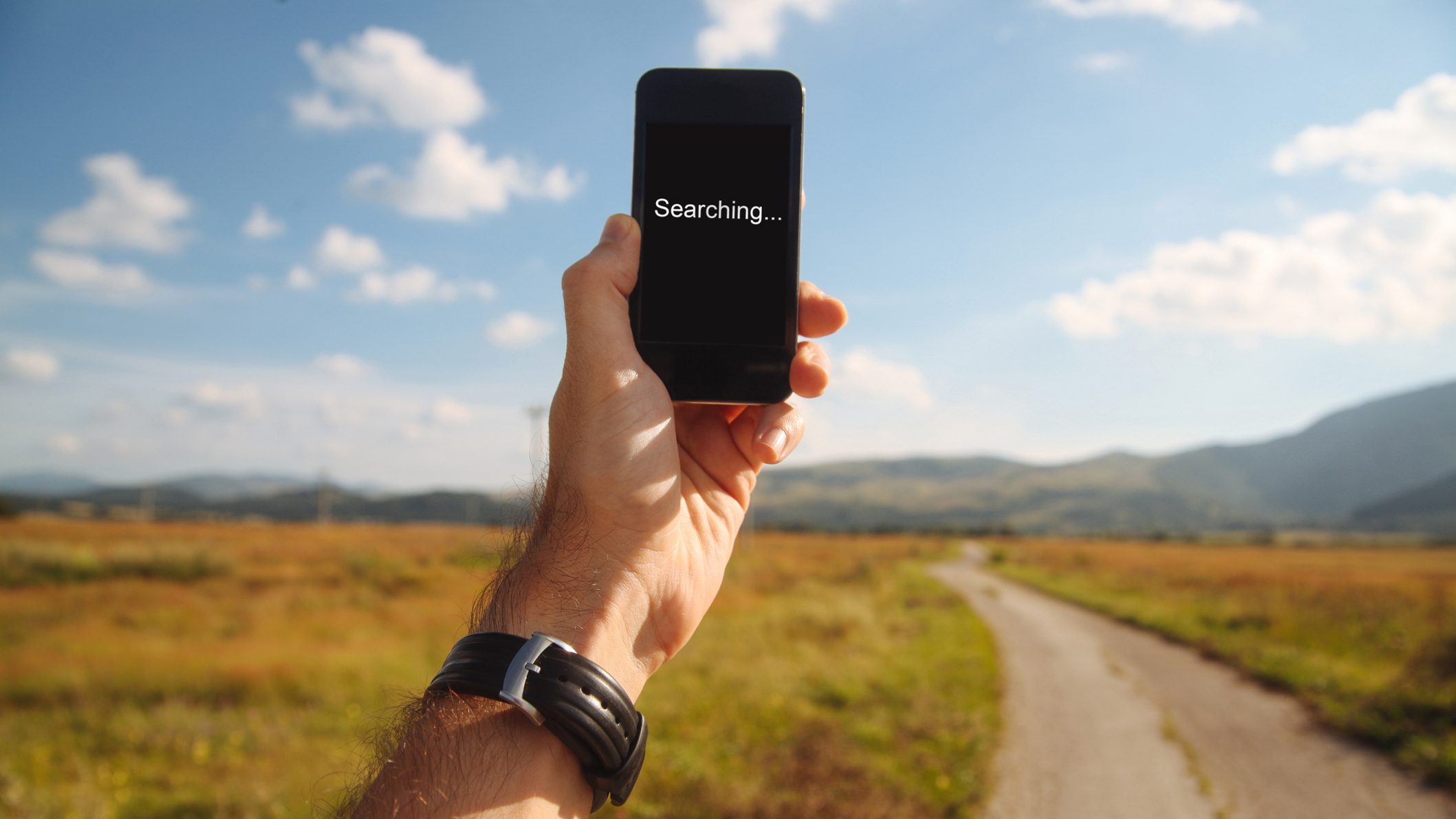How to Get a Cell Tower Installed on Your Property
How do cell towers work?

Phones are largely useless if your cell phone signal is non-existent. Doesn't matter if you have a fancy 5G phone, or an older handset: your options are severely limited if you can't get a signal off a cell tower. While having the right cell phone provider can help here, ultimately, you need to be within range of a cell phone tower to be able to use its signal to get things done on your phone such as take a call, browse the internet, or simply exchange SMS messages. If you've always wondered how cell phone towers work then you're in luck. We've taken the time to break things down so you can learn all about how cell phone towers work and they can help you get more from your smartphone.
What is a cell phone tower?
A cell phone tower is a structure that's equipped with antennae and other necessary transmitters, receivers, and power sources that are needed to relay a cell phone signal. Basically, think of it as a huge aerial and you're on the right track. They're usually built by wireless carriers keen to expand their network coverage or capacity - Verizon Wireless, T-Mobile, and AT&T build their own towers. Different areas have different numbers of cell phone towers which is why you'll sometimes find your cell phone signal varies.

How do cell phone towers work?
Any time you use the signal on your cellphone, your device connects to the nearest available cell tower and that tower sends your outgoing signal. Whether you're making a call or using data to browse the internet, the cell phone tower does the hard work for your phone, translating the signal into the format you require.
It kind of works like how a radio transmitter broadcasts radio to you. Your phone emits an electromagnetic radio wave called a radio frequency which is then received by the cell phone tower's antenna. It then transmits that signal to a switching center which translates it to whatever you need.
Once you know how a cell tower works, you'll soon realize how it affects you. Ever driven while taking a call hands-free and noticed your signal fluctuate? That's because you're moving between different cell phone towers and sometimes, you're nearer to one than the other. Typically, urban areas have the strongest signal while rural parts of the country can have some problems with coverage.
What are the different parts of a cell phone tower?
A cell phone tower isn't just one aerial. It's a lot more complicated than that. Crucially, there are four different types of cell phone tower out there. These include:
- Lattice Tower. This is a type of self-supporting tower which typically has three or four sides with similarly shaped bases. It's generally used in heavy loading conditions.
- Monopole Tower. This is a single steel or concrete tower. They're not usually very tall and they only require a single foundation.
- Guyed Tower. These take up a lot of space so they're typically used for radio or television. Guy wires anchor and support the tower, hence its name, and why it takes up so much land.
- Stealth Tower. These are relatively subtly located which is why they're called Stealth Towers. These are hidden away in locations that a cell phone tower could ruin the view.
Many cell towers have multiple antennas to ensure they can provide the best coverage with access strictly limited to employees or workers to do with the cell phone signal.

Where are cell phone towers located?
Cell phone towers are dotted all over the place. Sometimes, they can simply be a large pole or metal structure that you'll almost not fully acknowledge is a cell phone tower. Other times, they might be located on building rooftops, water tanks, or other high areas. They can even be hidden inside church steeples! The thinking is that no one wants the landscape to be disrupted by ugly towers but we all also want strong cell phone signal, so cellular providers work to try to blend the towers into what's going on around the local area.
Who owns the cell phone towers?
You might think that cell phone providers own cell phone towers but that's not actually the case. The US has over 100 cell tower companies ranging from some very large firms to some surprisingly tiny ones. The biggest cell phone tower company is American Tower Corporation with over 40,000 sites with Crown Castle Corporation just behind it. Each company typically leases its towers, and you can use our guide to network coverage maps to get an idea of where the best signals are.

Are cell phone towers dangerous?
Not at all. While some people worry about the radiation that cell phones emit, they also worry about cell phone towers. Both are perfectly safe and heavily regulated. While you should never visit a tower unless you have official permission, they're perfectly safe to have around your local area. Much of the time, you won't even know they're there unless you're paying a very close eye on your surroundings.

Jennifer has been freelancing for over 10 years. In the past, she's written about all things tech and gaming wise for outlets as varied as The Independent, Playboy, Eurogamer, and TechRadar. In her spare time, she spends far too much time watching films, attempting to train her pet guinea pigs, and mastering making the perfect burrito. She's a full time freelancer, but a regular tech news contributor to Top Ten Reviews.
How to Get a Cell Tower Installed on Your Property
Source: https://www.toptenreviews.com/how-do-cell-towers-work